'Nazi loot list' of Gurlitt Salzburg hoard 'should be published'
- Published
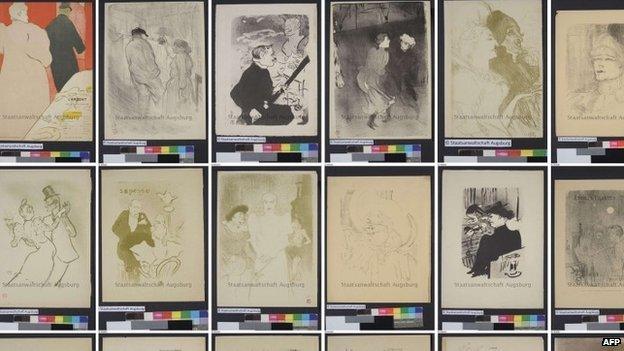
More than 1,400 long-lost or unknown art works, estimated to be worth $1.35bn were discovered in Mr Gurlitt's apartment in Munich in March 2012
A group representing Jews caught up in the Holocaust and their descendants has called for the publication of a list of the works found at the Austrian home of the son of a Nazi-approved art dealer.
Dozens of works emerged at the home of Cornelius Gurlitt near Salzburg on Tuesday.
More than 1,400 artworks were found at his flat in Munich in 2012.
The Jewish Claims Conference said that a list must be published to find the rightful owners or their heirs.
Mr Gurlitt is the son of the Nazi-approved art dealer Hildebrand Gurlitt and his collection is suspected to include works stolen or extorted from Jewish owners.
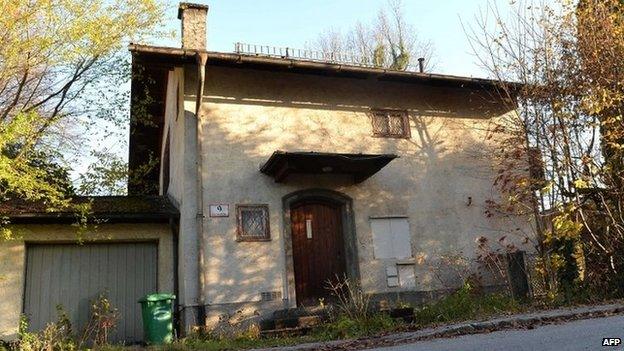
Cornelius Gurlitt's Salzburg home has been secured against potential break-in and theft, reports say
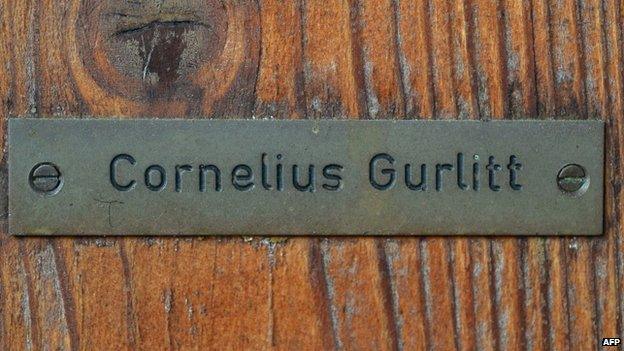
Mr Gurlitt's spokesman said initial assessment suggested the works had not been stolen
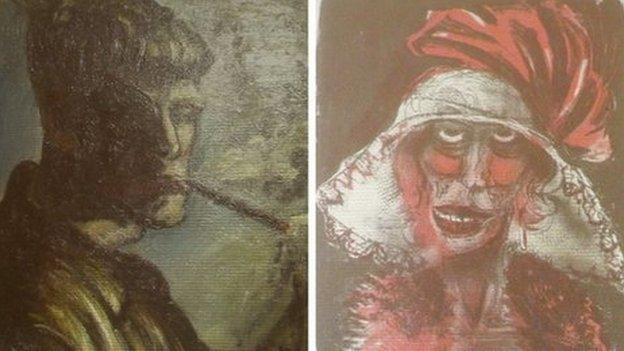
These previously unknown works by German artist Otto Dix were found in the Munich flat
A spokesman for Mr Gurlitt, 81, said on Tuesday that experts were examining the 60 works to see if they were stolen during the Nazi era.
"The prerequisite for any restitution is the publication. Otherwise, survivors and their families cannot register claims," the Claims Conference said.
But Mr Gurlitt's spokesman Stephan Holzinger is reported to have turned down the request swiftly, claiming that an initial analysis appeared to suggest that none of the works was stolen or extorted by the Nazis.
"It's a private collection," Mr Holzinger told the AFP news agency. "If one were to follow that logic, all the collections in Germany would have to be published."
When asked how much the recently discovered objects were worth, Mr Holzinger said the objects are largely oil paintings "on average of greater value than those discovered in Munich".
The Salzburg finds include paintings by Renoir, Monet and Picasso.
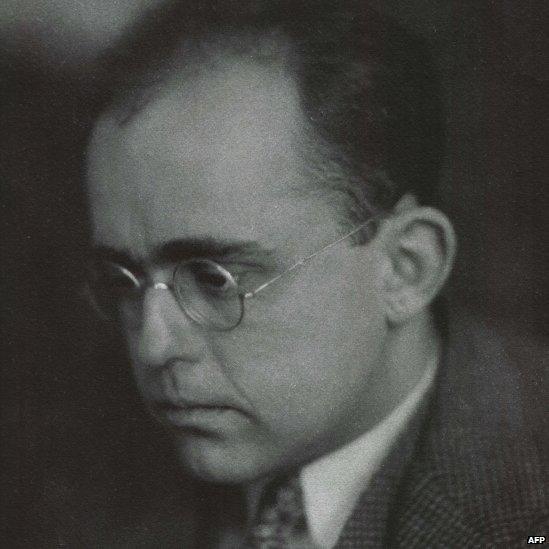
Hildebrand Gurlitt is accused of working with the Nazis to acquire the looted art
The Claims Conference's representative in Germany, Ruediger Mahlo, said in a statement that as Mr Gurlitt is the son of "one of the four art dealers commissioned by Hitler to handle stolen art... therefore the origins of his inheritance should be checked.
"The victims of the Holocaust and their heirs have a right to that."
More than 1,400 long-lost or unknown art works, estimated to be worth $1.35bn (£846m) were discovered in Mr Gurlitt's apartment in Munich in March 2012.
They included pieces by Marc Chagall, Pablo Picasso, Henri Matisse, Otto Dix and Max Liebermann.
But details of the find only came to light last year, sparking criticism of the German authorities for not publicising the discovery sooner.
- Published11 February 2014
- Published5 November 2013
- Published17 November 2013
- Published4 November 2013